Discover a variety of structural, behavioural, and physiological adaptations with an Animal Adaptations Digital Learning activity.
It’s Time for Teaching Animal Adaptations!
Are you preparing to start your new science unit on animal adaptations? If so, you’ve come to the right place! The Teach Starter team has been hard at work creating loads of new resources to help you easily teach those Science standards!
From teaching presentations to worksheets and then onto card games to digital activities, we’ve got you covered…starting with a brand new Animal Adaptations Digital Learning Activity! Let’s take a look!
Drag, Drop, Click, and Type to Match Examples of Adaptations
This digital learning tool is the perfect summarising activity for your students to use to review content at the end of your unit. It highlights key vocabulary, types of adaptations, and examples of structural, physiological, and behavioural adaptations. Built for Google Slides and PowerPoint; your students will complete various activities to demonstrate their learning, like…
- Matching Types of Animal Adaptations
- Identifying Examples of behavioural, Physiological, and Structural Adaptations
- Sorting behavioural adaptations vs. structural adaptations
- Matching Adaptation related-academic vocabulary words (ex., Camouflage, mimicry, etc.)
- Writing sentences using academic vocabulary
- Identifying types of behavioural, physiological, and structural adaptations and how they benefit animals
Your resource download includes a whopping 15-slide digital interactive activity perfect for an independent study session or as a review assignment.

Download Your Animal Adaptations Digital Learning Activity
This resource is available as an easy-to-use Google Slides file. To get your copy, click the download button. Make your copy, assign it to your students, and get them on the track toward learning today!
This resource was created by Lindsey Phillips, a teacher and Teach Starter Collaborator.
Even More Ways to Learn About Adaptations of Animals
Before you go, make sure you grab these fantastic animal adaptation resources.
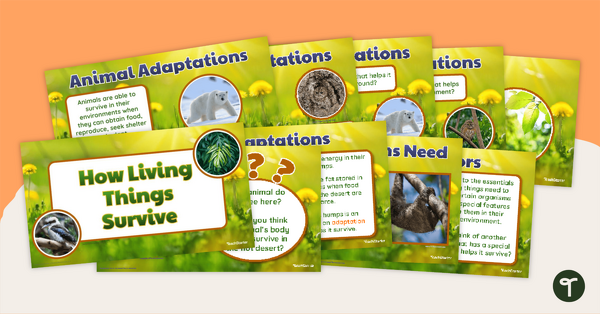
teaching resource
How Living Things Survive – Teaching Presentation
Use this 13-slide teaching presentation to teach your students about the basic needs and physical characteristics of animals and plants.
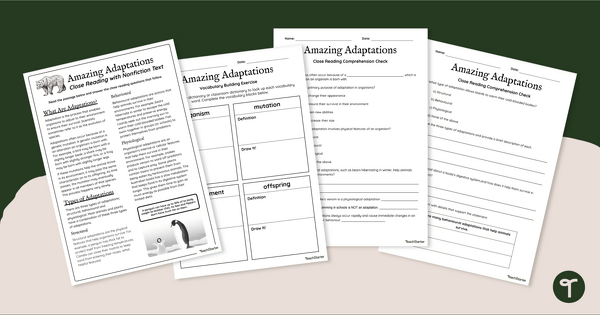
teaching resource
Plant and Animal Adaptations - Reading Comprehension Passage
Boost reading comprehension skills with a comprehension passage, with questions, about structural, behavioural and physiological adaptations.
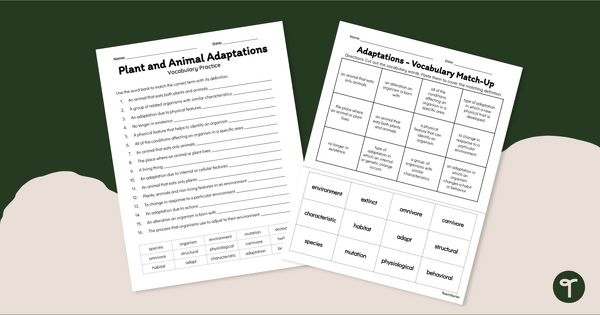
teaching resource
Plant and Animal Adaptations - Vocabulary Worksheets
Review key vocabulary associated with plant and animal adaptations with a pair of vocabulary worksheets.
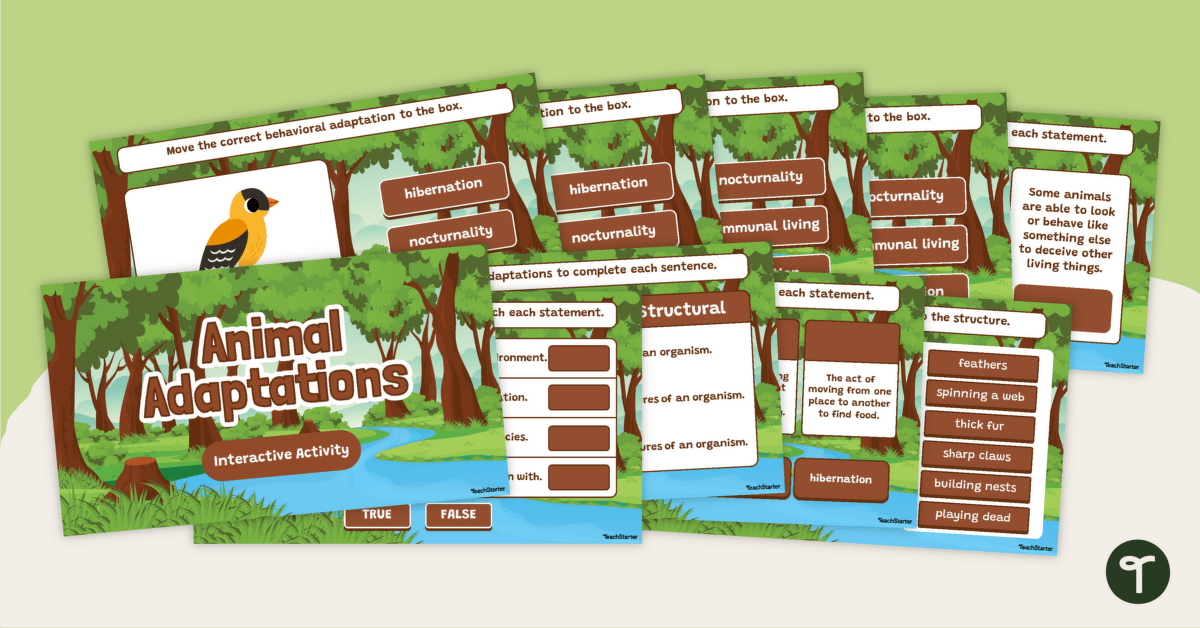

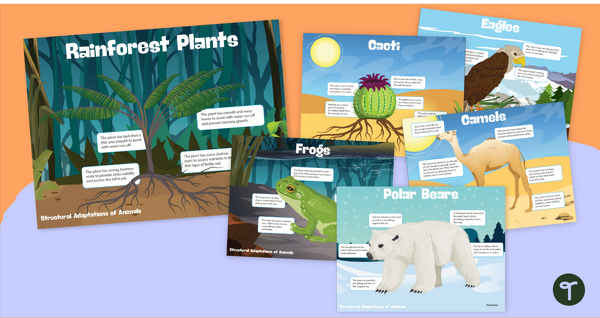
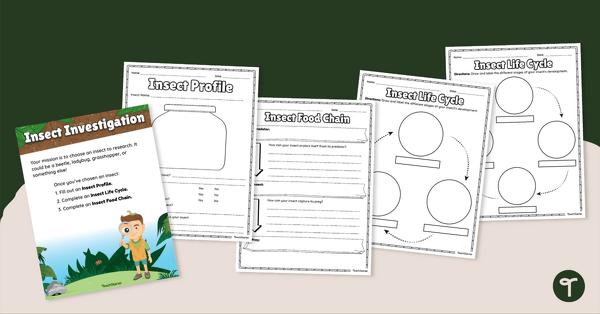
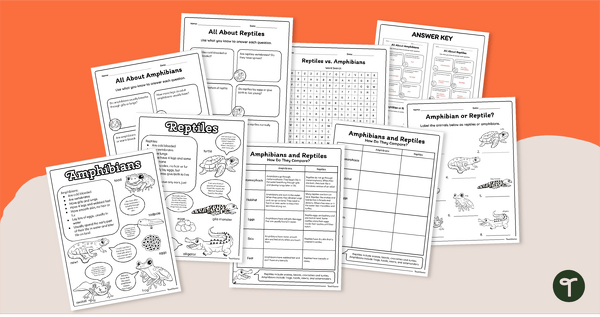
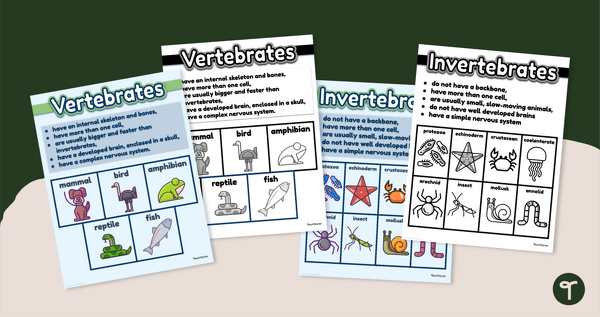

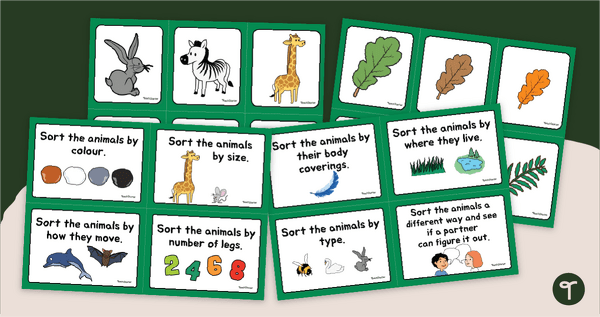
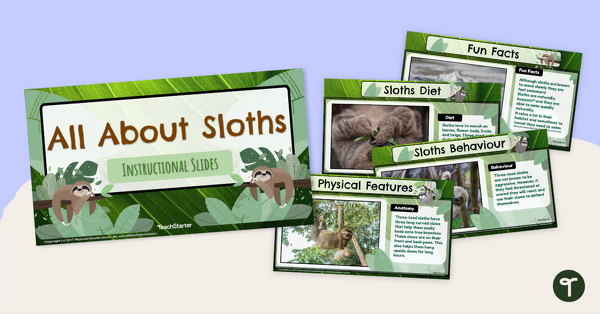
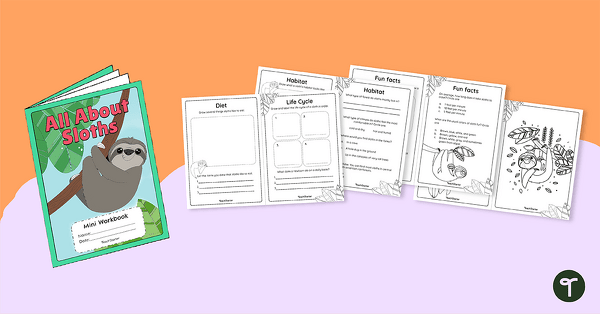
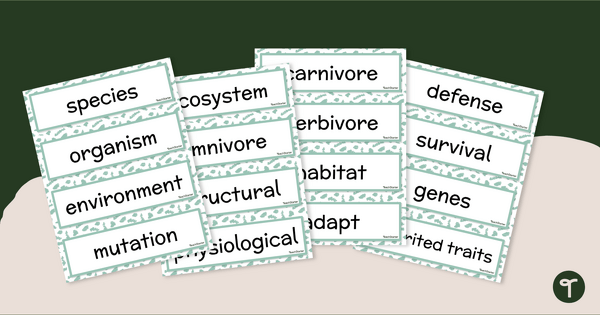
0 Comments
Write a review to help other teachers and parents like yourself. If you'd like to request a change to this resource, or report an error, select the corresponding tab above.